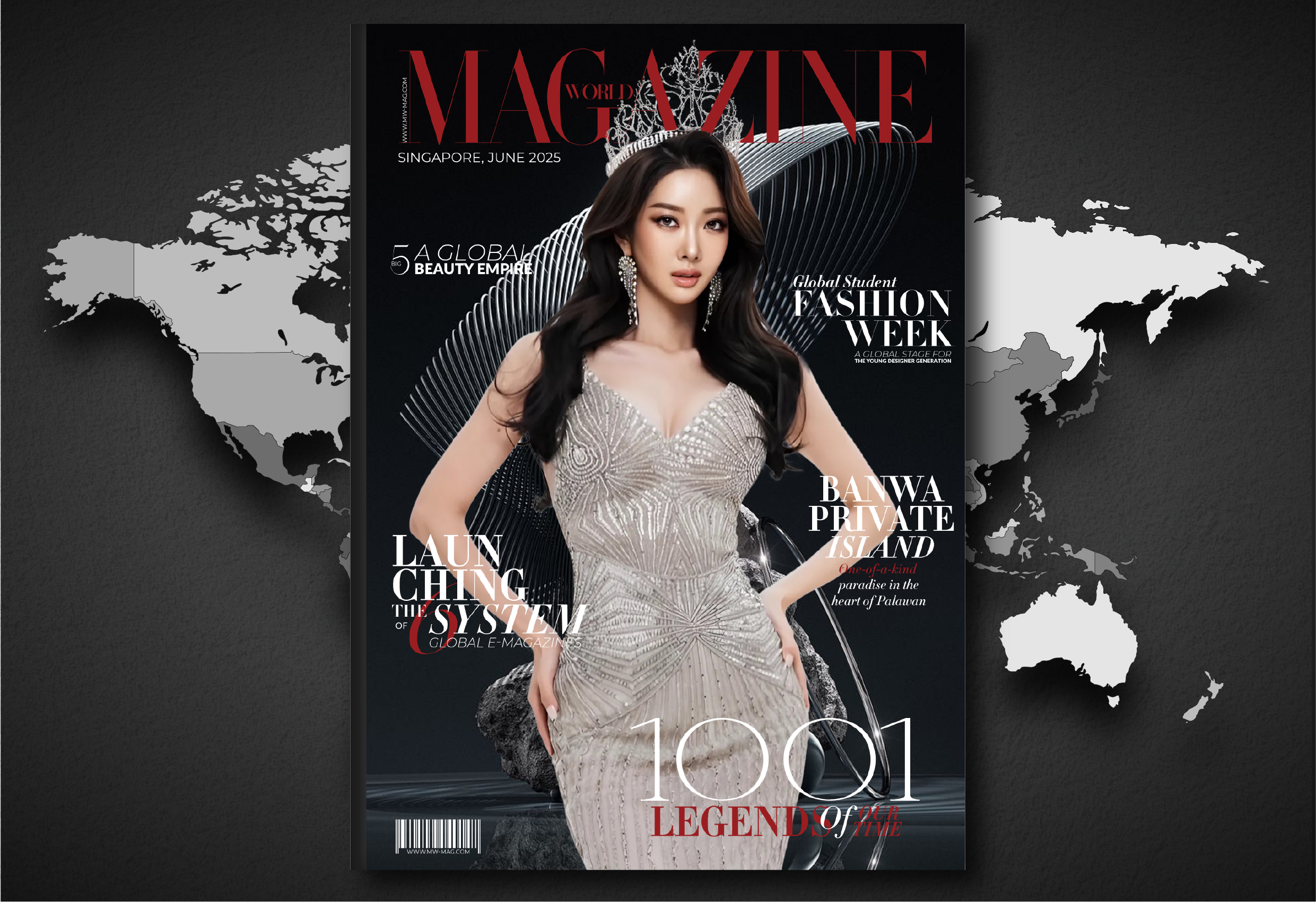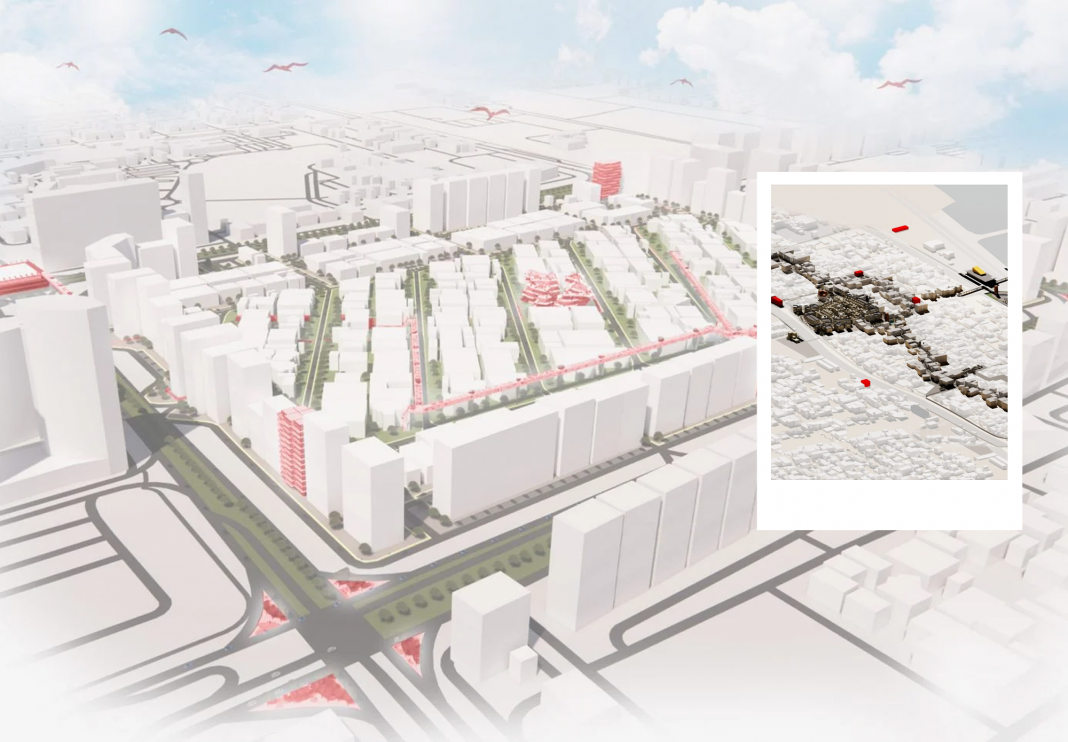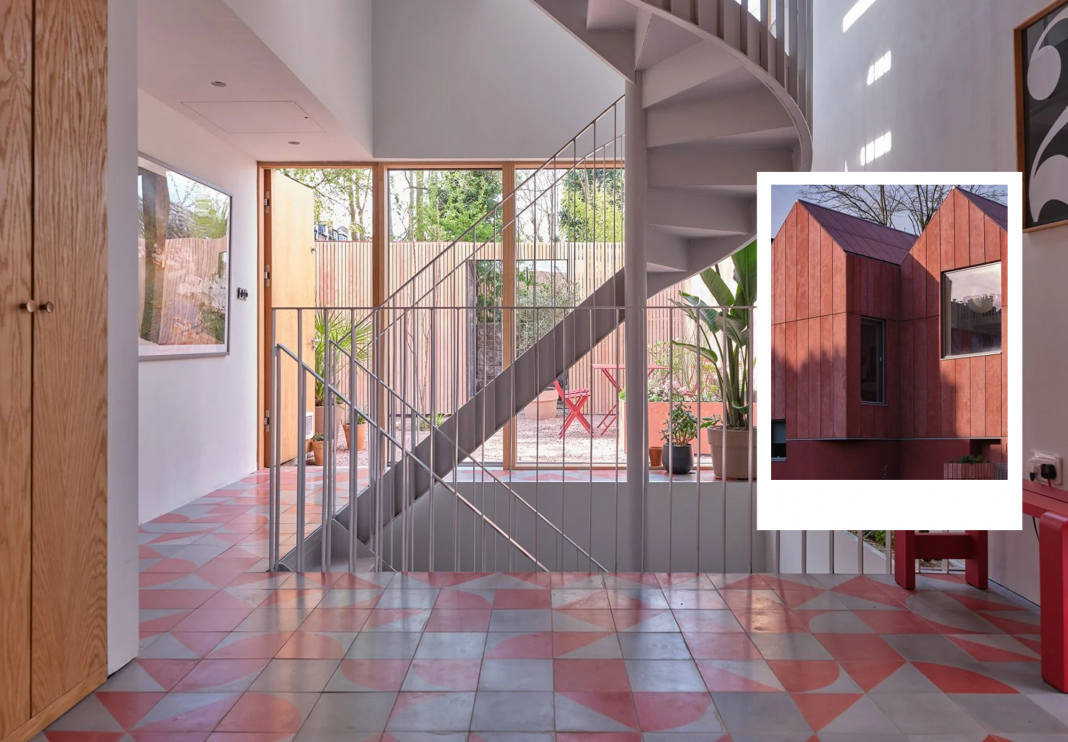From micro-villages in Dubai to revitalised superblocks in Abu Dhabi and worker settlements in Bangladesh, students from the American University in Dubai’s Master of Urban Design and Digital Environments (MUDDE) program are proposing bold, contextually aware responses to today’s most pressing urban challenges. Blending sustainability, social equity, and cultural preservation, these innovative thesis and studio projects reimagine how we live, connect, and build in rapidly evolving cities.
Building sustainability through micro-villages
One of the standout projects, Micro-housing by Azhaan Kalim, proposes a network of three themed micro-villages—focused on sports, farming, and crafts—to bridge the gap between where people live and work. With an emphasis on self-sufficiency, each village is a mixed-use ecosystem designed to reduce dependency on long commutes and foster local economies.

The master plan integrates residential, commercial, and public zones, ensuring accessibility and minimal environmental disruption. Water bodies, open green spaces, and pedestrian-friendly paths create an ecologically balanced framework, while community-oriented spaces reinforce Dubai’s ambition to become a leader in inclusive and livable urban development.
Rethinking informal settlements with cultural depth
Taking a socially focused lens, Weavers-dale by Fareen Shafi addresses the harsh realities faced by garment workers living in informal settlements along the Dhaka-Chittagong corridor in Bangladesh. Grounded in 122 surveys, six interviews, and photogrammetry, the project proposes a self-sustaining artisan neighborhood rooted in modularity and adaptability.

Winner of the 2025 MUDDE Senior Showcase, Weavers-dale uses the principles of rhizomatic urbanism to transform overcrowded settlements into vocationally active, culturally vibrant communities. By integrating home-based production, vocational courtyards, and resilient infrastructure, the project elevates marginalised voices through design while offering a replicable model for urban humanitarian strategies.
Revitalising cultural heritage in Bahrain
In The Return of the Majlis, Fahad AlMusalam reimagines Hidd, a coastal town in Bahrain rich in pearling and maritime traditions, as a revitalised social and cultural hub. The project responds to the erosion of community ties brought on by 20th-century urban modernisation by restoring Hidd Avenue and the traditional majlis—a social gathering space—while introducing new public spaces and culturally rooted architecture.
By blending modern amenities with traditional family housing, the proposal seeks to maintain the city’s unique identity and reinforce a sense of belonging. It’s a delicate balance between preservation and progress, offering a roadmap for culturally sensitive development in rapidly changing environments.
Unlocking Abu Dhabi’s superblocks

Raghad Hassan’s Superblock Un-Blocked project takes aim at Abu Dhabi’s notorious superblock urban form, often criticised for its car-centric planning and lack of human-scale design. Through walkable pathways, adaptable building types, and layered public spaces, the project challenges the city’s dominant planning ideology.
Innovative features like the Quad-Link pedestrian bridge, shaded corridors, and mixed-use structures draw inspiration from the traditional sikkak network. This intervention not only promotes social cohesion but redefines how the GCC region might reimagine its large-scale developments for future resilience and connectivity.
Dubai’s future neighbourhoods
Abdullah Shakir’s Satwa Rewired envisions Dubai’s historic Satwa neighbourhood as a model 15-minute city in line with the Dubai 2040 master plan. Through layered vertical zoning, green podiums, and shaded pedestrian corridors, the design reintroduces walkability and accessibility while maintaining the district’s character.

Meanwhile, TODx – Dubai’s Next Dimension by Salma Safi proposes a Transit-Oriented Development that uses the principles of the “5D city” to address fragmentation in Dubai’s urban fabric. Designed as a multi-dimensional, pedestrian-prioritised ecosystem, TODx connects vertical and horizontal layers of transit, green space, and mixed-use programming to keep the city moving seamlessly across all scales.
Embracing quietude and green integration
In a city as fast-paced and noise-heavy as Dubai, Vault of Silence by Zahra Ahmadpour provides an architectural retreat in the heart of Dubai Studio City. Inspired by caves, the project uses spatial descent, noise buffering, and deep integration with green landscapes to create a quiet, meditative environment. Residential units are nested around sound-absorbing courtyards, while underground levels offer cool microclimates enhanced by water and greenery.

Similarly, Living Loop by Charulatha Loganathan creates a continuous, regenerative urban district framed by elemental parks—sand, water, green, and mat—that foster wellness, food resilience, and ecological harmony. Rooted in circular design and nature-based solutions, Living Loop challenges the conventional masterplan with a model for cities that support both human and planetary health.
Letting the land lead the way
In Reverie, Mohamed Wahid presents a radically organic approach to urban planning by following the natural fractures and cracks in Dubai Studio City’s terrain. The resulting urban grid becomes an adaptive ecosystem where built forms coexist with the natural environment. By limiting hard infrastructure and promoting green mobility, the project invites nature to reclaim and soften the cityscape.

Rather than impose form on the land, Reverie listens to it. With immersive greenery, walkability, and diverse housing types integrated into the terrain, it embodies a new ethos for urbanism—one where the city evolves as an extension of its environment, not in opposition to it.
A collective vision for future cities

Across these nine student-led projects, a collective narrative emerges: one of context-driven innovation, ecological consciousness, and a deep commitment to social equity. From reimagining long-standing urban typologies to creating entirely new frameworks, these future urbanists are designing not just spaces, but possibilities—for resilience, for connection, and for cities that truly serve the people who live in them.
As the urban challenges of the 21st century become more intertwined and urgent, the work of the American University in Dubai’s MUDDE students offers not only insight but hope: a generation of designers ready to shape more sustainable, inclusive, and inspiring cities—one neighbourhood at a time.






